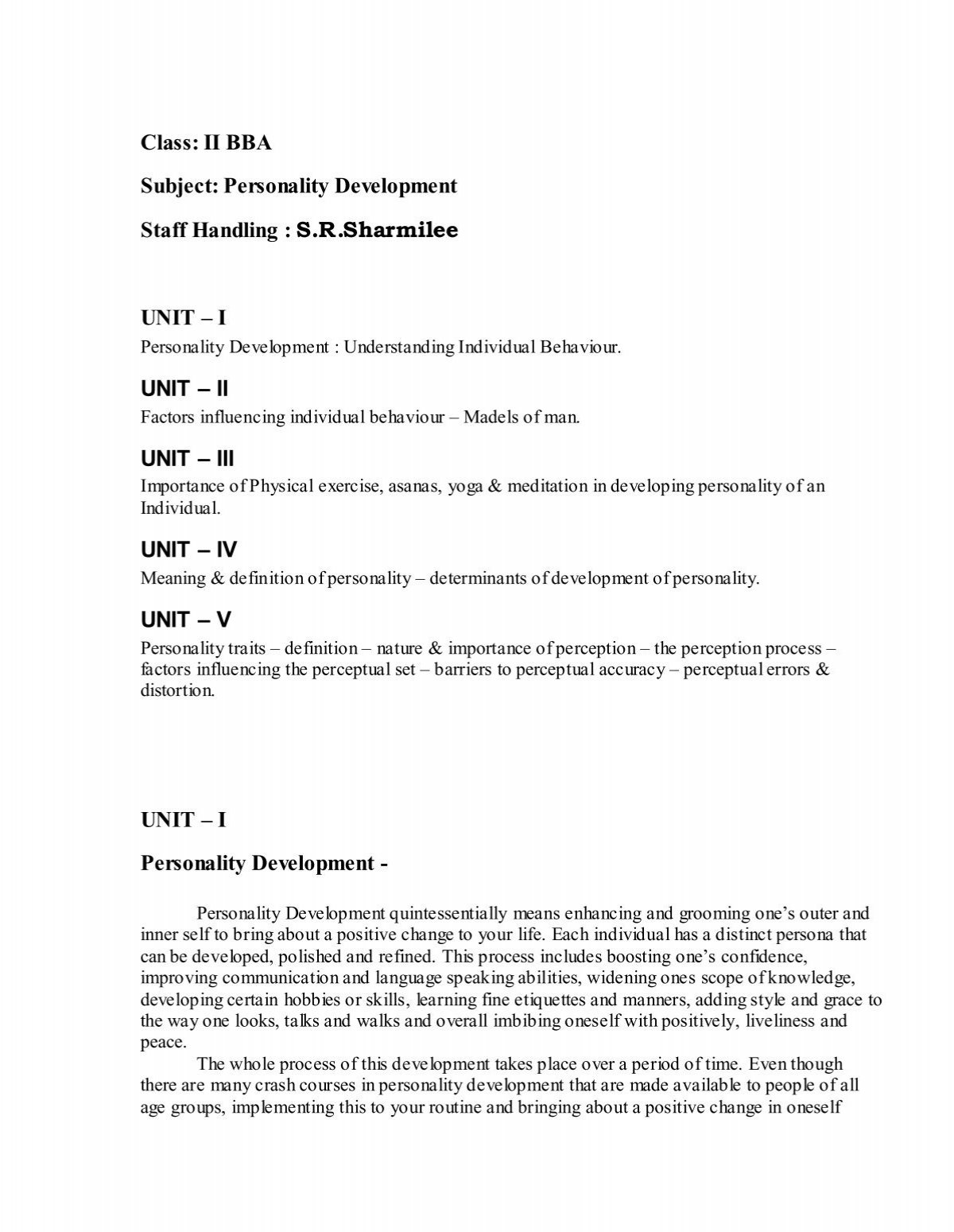
Title: Chromostereopsis: An Intriguing Phenomenon of Color-Induced Depth Perception
If you have ever gazed at an image featuring contrasting red and blue components and felt an unusual sense of depth—as if one hue hovers in front of the other—you have likely encountered a rare yet captivating visual phenomenon termed chromostereopsis. For some individuals, it represents a subtle optical illusion. For others, it manifests as a compelling hallucination where static visuals seem to spring to life with disquieting dimensionality.
So what is chromostereopsis, why do different people perceive it variably, and what insights does it provide concerning our visual system? Here’s an in-depth look at this striking optical effect.
What Is Chromostereopsis?
Chromostereopsis is a visual illusion wherein specific color combinations—typically red and blue—produce a pronounced perception of depth. This happens even when the image itself is utterly flat and unchanging. The phenomenon necessitates both eyes being open and is often amplified in certain conditions: high contrast, increased screen brightness, or when viewed in dim lighting.
Unlike conventional 3D visuals that need glasses and dual images presented separately to each eye, this effect occurs within a single image and requires no visual aids. This aspect makes chromostereopsis even more astonishing.
A Personal Experience
For many, a red-and-blue image might seem unremarkable. Some may perceive an abstract figure or merely a red backdrop with a blue feature. However, others—including the observer who inspired this article—report remarkable visual sensations. They perceive the blue and red sections of the image as positioned at different depths, despite both being part of the same scene.
Some individuals notice the red “pop” out while blue recedes, generating an illusion of three-dimensional space. Conversely, a small group perceives the reverse effect. This variation emphasizes one of the most fascinating characteristics of chromostereopsis: it impacts individuals differently, occasionally even reversing the expected perception of which color seems “closer.”
How Does It Work?
The precise mechanics of chromostereopsis remain a topic of discussion, but several vital factors are thought to play a role:
1. Chromatic Aberration in the Eye
Our eyes do not function as perfect lenses. Given that red and blue light occupy opposite extremes of the visible light spectrum, they are refracted (bent) at different rates as they traverse the eye’s lens. Red light generally focuses slightly in front of the retina, whereas blue light focuses slightly behind it. This chromatic aberration leads the brain to interpret these colors as existing at varying depths.
2. Lateral Displacement of the Pupil
Studies suggest that minor variations in how light enters each eye may cause red and blue to be perceived from slightly distinct angles. This could result in the brain integrating those angles into a depth perception, even in the absence of real depth.
3. Contribution of Background and Brightness
The depth perception can also be significantly influenced by luminance contrast—how light or dark the background is in comparison to the colors. A brighter background enhances the effect, while increased screen brightness and blinking can make it even more noticeable.
Individual Variation and Stereoblindness
One of the most intriguing aspects of chromostereopsis is its varied perception among individuals. Some people experience a strong illusion of depth, while others perceive none at all. A noteworthy segment of the population is stereoblind, meaning they can’t combine information from both eyes to experience 3D depth. These individuals depend solely on monocular cues for depth perception and generally do not experience chromostereopsis.
This makes chromostereopsis a potential informal evaluation for stereo vision: closing one eye eliminates the effect—demonstrating that the illusion is indeed a stereo-depth phenomenon.
Artistic and Real-World Applications
Although many people may encounter chromostereopsis by chance, artists and designers have long harnessed this effect intentionally. From stained-glass windows to contemporary digital aesthetics and television displays, contrasting hues have frequently been employed to generate a sense of depth or vibrancy.
For instance, the BBC panel show “Have I Got News For You” is famously noted for incorporating chromostereopsis into its design—something perceptive viewers have highlighted on social media. The red and blue graphical components on the set seem to “leap” out from each other, providing a dynamic quality to the static background.
Not Just a Visual Party Trick
While chromostereopsis might appear as nothing more than a curiosity or an optical novelty, it underscores the intricacy of human vision. Our visual experience is not merely a direct reflection of the physical world but a complex and sometimes unpredictable construction formed by our brains.
It also suggests deeper neurological functions at play. Minor variations in color perception, focus, and pupil morphology, along with individual differences in binocular vision, all converge to shape how we perceive space and depth. For those who are strongly affected by the illusion, it can be nearly disorienting—